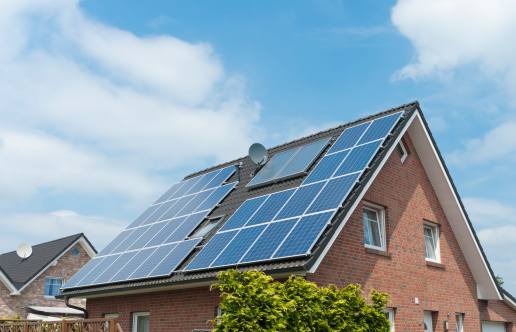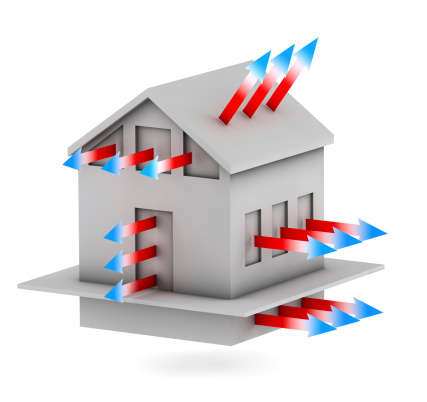
It's easy to see why home solar systems capture the imagination of so many homeowners.
“Solar” is the Latin word for “sun” – our greatest source of free and renewable energy, and to a degree that almost boggles the mind: More energy streams from the sun in one hour than is used by everyone in the world in one year, according to the National Renewable Energy Laboratory.
By installing solar panels on their rooftop, homeowners can harness the power of this natural resource, convert it to electricity and use it to heat, cool and light their homes, ostensibly to save money on energy costs over the lifespan of the solar installation.
But in the case of solar power, all that glitters like the sun is not always gold.
Many homeowners who, originally enchanted by the notion of solar energy, end up sticking with their traditional heating system. And it's not because these homeowners are creatures of habit; it's because solar heating systems pose legitimate pitfalls that they simply cannot reconcile. These pitfalls include:
High upfront costs
The high initial investment is presumably why solar systems haven't caught on with greater fervor. Subsidies, tax incentives and rebates can help defray the upfront costs, and it's often possible for homeowners to sell their excess electricity back to the utility grid for a rebate. But solar panels remain expensive, and many homeowners feel discouraged that they will not achieve a quicker return on their investment. As with any emerging technology, the cost of solar panels should decrease in time. And the notion of “clustering” solar installations among groups of homeowners or businesses is catching on. But if you think the price of a new furnace is high, you might change your mind after getting an estimate for solar panels.
The necessity for an ideal, sunny location
If you've ever been disheartened to see that a little solar landscape light isn't aglow after an overcast day, then you are correct to extrapolate that a home cannot be shaded by trees or any buildings for it to generate sufficient solar power.
Comparably lesser power
Say what you want about the negatives of burning fossil fuels, they do produce a strong and reliable source of power. By comparison, most solar panels carry an efficiency rate of about 40 percent. While efficiency rates are increasing as technologies improve, the cost is increasing, too.
A backup plan for after sunset
While cloudy and foggy days impair the efficiency of a home solar system, without any sunlight at all beaming down on the panels overnight, solar users must either rely on their local utility grid for nighttime power or store excess power on solar batteries. This can be an uneasy adjustment for homeowners accustomed to a traditional heating system to make.
Sensitivity to temperature changes
Like shade, hot and cold temperatures can affect the efficiency of solar panels. In northern California, many people presume the climate is “just right” but underestimate the effect of erratic fall and winter temperatures on the photovoltaic materials contained in the solar cells.
Potential aesthetic objections from neighbors
Solar panels might carry the panache of being socially conscious and responsible, but this doesn't mean that everybody enjoys looking at them.
After sizing up the pitfalls of solar power, many homeowners decide that, to reduce their energy bills, a better alternative is to upgrade to an Energy Star furnace. If you're one of them, don't hesitate to contact Experts In Your Home for a heating system consultation and a cost analysis that, just like the sun, is sure to brighten your day.
Related Articles:
FYI: New Heating System Technologies You'll Find on the Market
What is a Geothermal Heating System?
Do you what to do when your heating system breaks? Learn the questions to ask first in the free download below!








